Have you started decorating your house for Christmas? Hung a holly wreath? Dangled some mistletoe over the entryway, decorated a Christmas tree, and bought your poinsettia? Or did you choose different Christmas plants?
Are they all real? Or plastic?
Personally, I prefer real. There’s nothing like the smell of pine from a real tree to set the mood for the season. Or the look of glistening holly leaves and berries elegantly wrapped around the staircase railing (indoors or out). The wreath that graces the front door. The white and red poinsettias scattered around inside, and the Christmas cactus? Um. Well. Mine only blooms at Easter, so if I want a blooming cactus at Christmas, I have to buy a new one from the nursery.
All of these holiday plants create a feeling of life when everything outside is rather dismal, grey, and covered in snow.
But what does it all mean? Have you ever thought of the symbolism behind these living Christmas decorations? Every year, as I decorate the house, I ponder on what it all means
1. Evergreen Trees
Like the Christmas tree. Evergreens symbolize everlasting life and life renewed (or so I’ve been told). Its shape is also significant because the top is pointing to the heavens. I have an elegant, crocheted angel that tops my tree every year. What about you? Do you put an angel on the top branch? Or a star? As a child, we had a special star to top our tree.
Decorating an evergreen tree for Christmas has been a tradition for centuries. Some historians believe that Prince Albert brought the tradition with him to England when he married Queen Victoria. In the 18th century, Queen Charlotte adopted the tradition from Germany, and so began the decorating of indoor trees.
Related Post: Try An Eco-Friendly Christmas Tree
It didn’t catch on as a tradition outside the British royal family until sometime in the 19th century. At age 13, Queen Victoria wrote in her journal (1832): “After dinner, we then went into the drawing-room near the dining-room. There were two large round tables on which were placed two trees hung with lights and sugar ornaments. All the presents being placed round the trees.”
Evergreens became a tradition in northern climates where they grew well. Other parts of the world developed their own traditions for decorating trees indoors. For example, in Central America, the
2. Holly And Ivy
Holly, ivy, and even mistletoe are popular additions to indoor and outdoor Christmas decorations. The tradition and symbolism
Related Post: Homestead Stories: The Holly And The Ivy
Ancient Britons believed that ivy protected them against evil goblins that prowled the land during winter. During the Roman festival of Saturnalia (in December), Romans gave holly branches as presents, and believed the prickly leaves kept the evil spirits away. The greenery was believed to have the power to ward off evil spirits while at the same time, celebrate new growth.
3. Evergreen Wreaths
Evergreen wreaths that adorn doors at Christmas have an added meaning. Circular in shape, they represent everlasting life and eternity. Hanging a wreath on one’s door symbolizes the spirit of Christmas that dwells within.
There is a legend that suggests a young shepherd boy presented the newborn baby Jesus with a wreath of holly. Placed on the baby’s head, the young shepherd cried at the plainness of his gift, but when the baby Jesus touched the wreath, the leaves started sparkling and the white berries turned a brilliant red.
4. Mistletoe
Mistletoe has an added attraction as it has long been considered a symbol of love, peace, and goodwill. Perhaps this is due to the fact that mistletoe actually bears fruit during the time of winter solstice. The custom of kissing under a fresh clipping of mistletoe again pre-dates Christian traditions. It has survived since the Druids and perhaps even earlier. In fact, legend suggests that should enemies meet underneath the mistletoe, they would then be at peace with each other.
Decorating one’s home with evergreen trees or branches during the darkest months of the year is an act of reinforcing the belief that, yes, the sun will return, and, yes, life will renew itself.
5. Christmas Cactus
It’s not just the ever-greenery that adorns our homes at Christmas. Flowering plants like the Christmas cactus and poinsettia have their place as well. Surprisingly, the Christmas cactus is not really a cactus. Native to tropical regions, it thrives as an indoor plant, and sports pink or red flowers.
Related Post: 12 Office Plants To Add Greenery To Your Workspace
A legend tells of a Jesuit missionary in Bolivia who struggles to teach his beliefs to the natives, and despairs when he believes he’s failed. On Christmas Eve, a joyful sound releases his burden as he watches the jungle come alive with people singing and carrying colorful branches of flowers: the Christmas cactus.
6. Poinsettia
Native to Mexico, the poinsettia has an equally interesting legend. Two poor children were distraught that they had nothing to bring to the Christmas Eve
7. Christmas Rose
Though it’s more of a buttercup than a rose, the Christmas rose is another plant of the season that’s more common to European traditions than North American. Like the legend of the poinsettia, the legend of the Christmas rose has a poor shepherdess that looks for something to present the baby
8. Pear Tree
There are other plants of Christmas that hold significance. They may not be a decoration, but they serve their purpose. As oft-sung in the “Twelve Days of Christmas” carol, the “partridge in a pear tree” has its own association with the Christmas celebrations.
There is definitely more to the significance of the pear tree and its relationship to Christmas than its position of prominence in the carol. In fact, the pear tree, sturdy and proud, symbolizes longevity, justice, strength, fruitfulness, and salvation — good symbolism to attach to the Christmas season.
9. Frankincense And Myrrh
And let’s not forget frankincense and myrrh, two of the gifts brought to the manger by the wise men from the east. Frankincense is in fact, a tree, which grows in the coastal mountain ranges of Oman and Yemen. It’s the oil extracted from the gum resin and burned as incense that makes it so popular. Myrrh also comes from the gum resin of a small tree native to Somalia, Ethiopia,
We might not all be able to use these trees to decorate our homes, but it’s interesting to understand their significance in the stories of Christmas. Plants, both living and harvested, have their place in our Christmas celebrations. Depending on where we live, we may or may not have access to these living plant symbols, but we can certainly enjoy what we do have. Holly is my favorite. Real holly, with dark, shiny green leaves and bursting with deep red berries.
I’m sure you all have your favorite Christmas plants, too. Have a merry, green, luscious, and living Christmas.



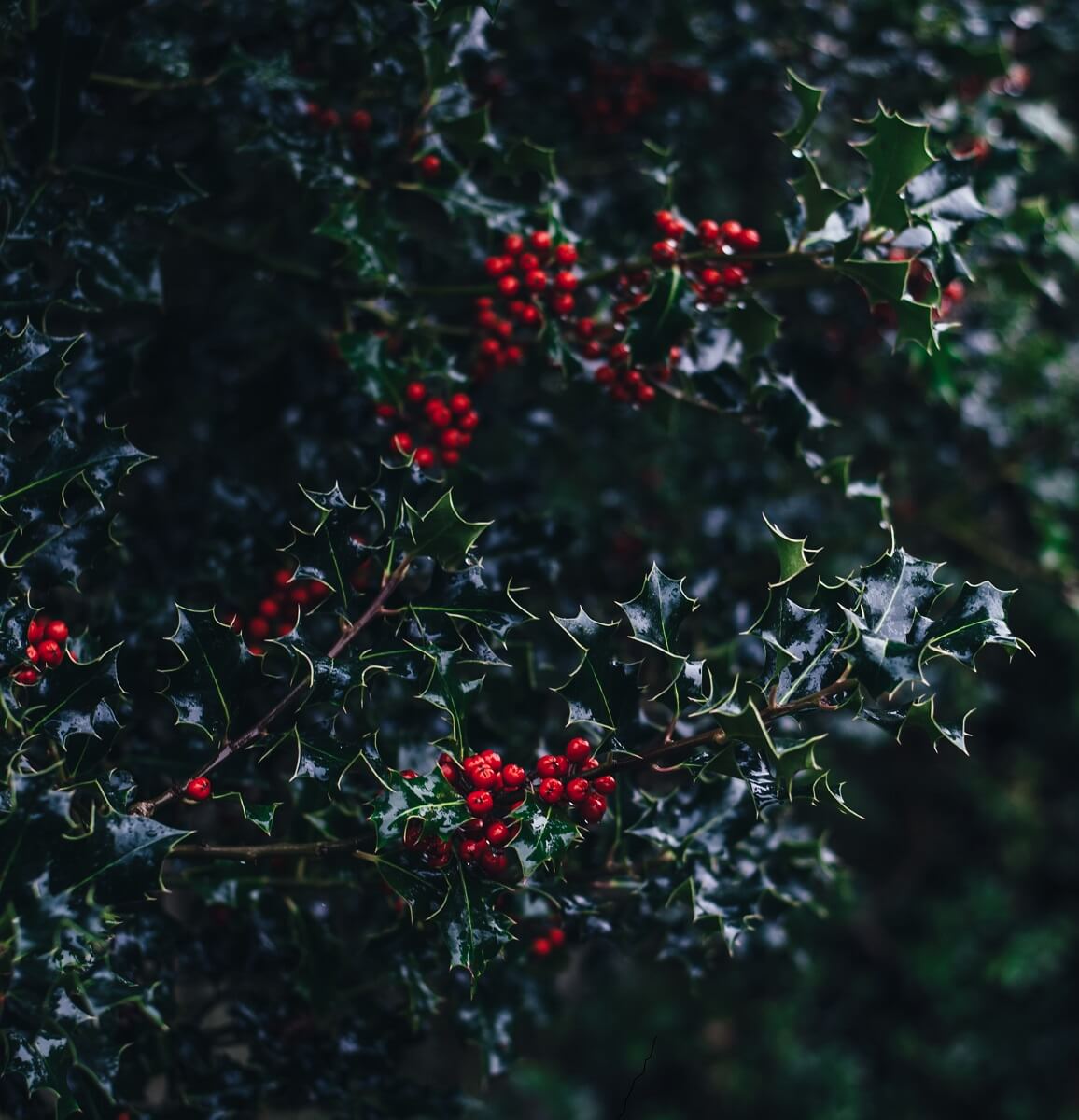
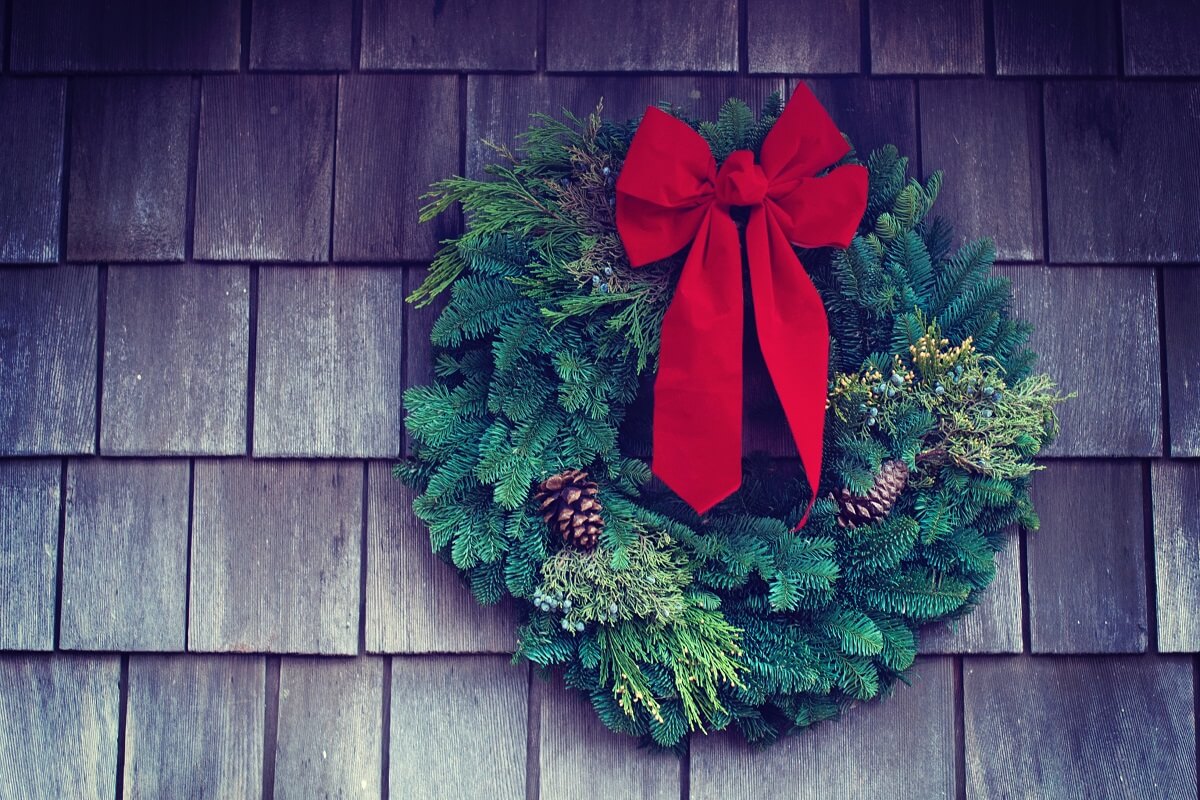

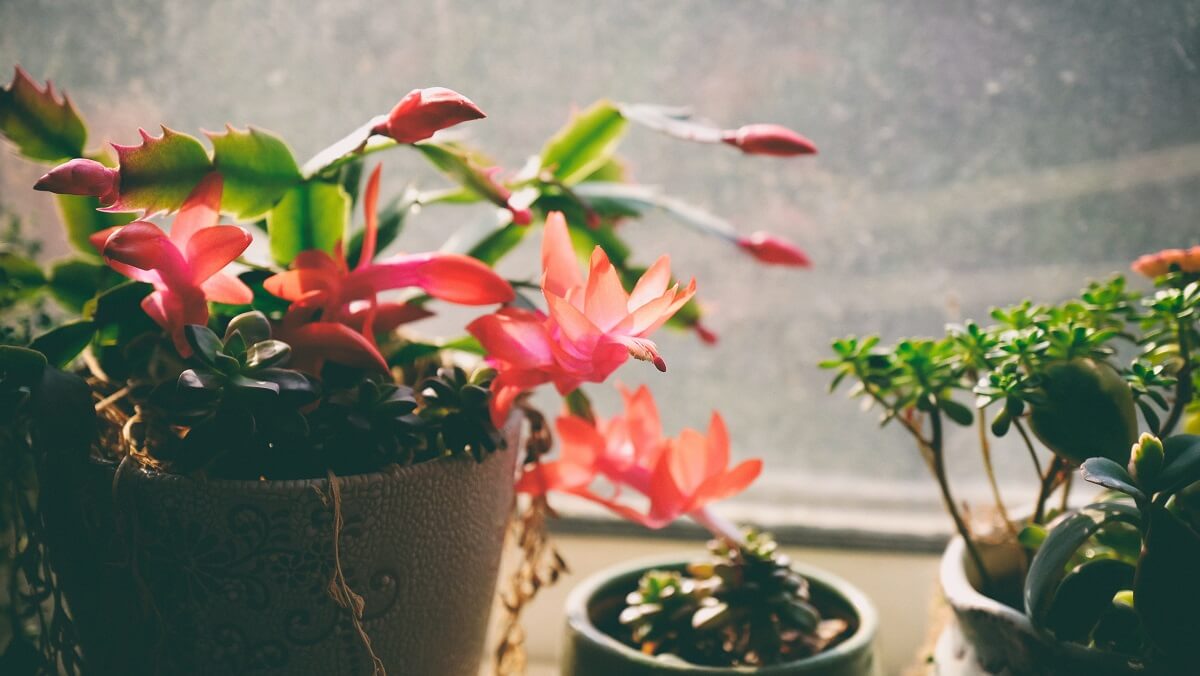

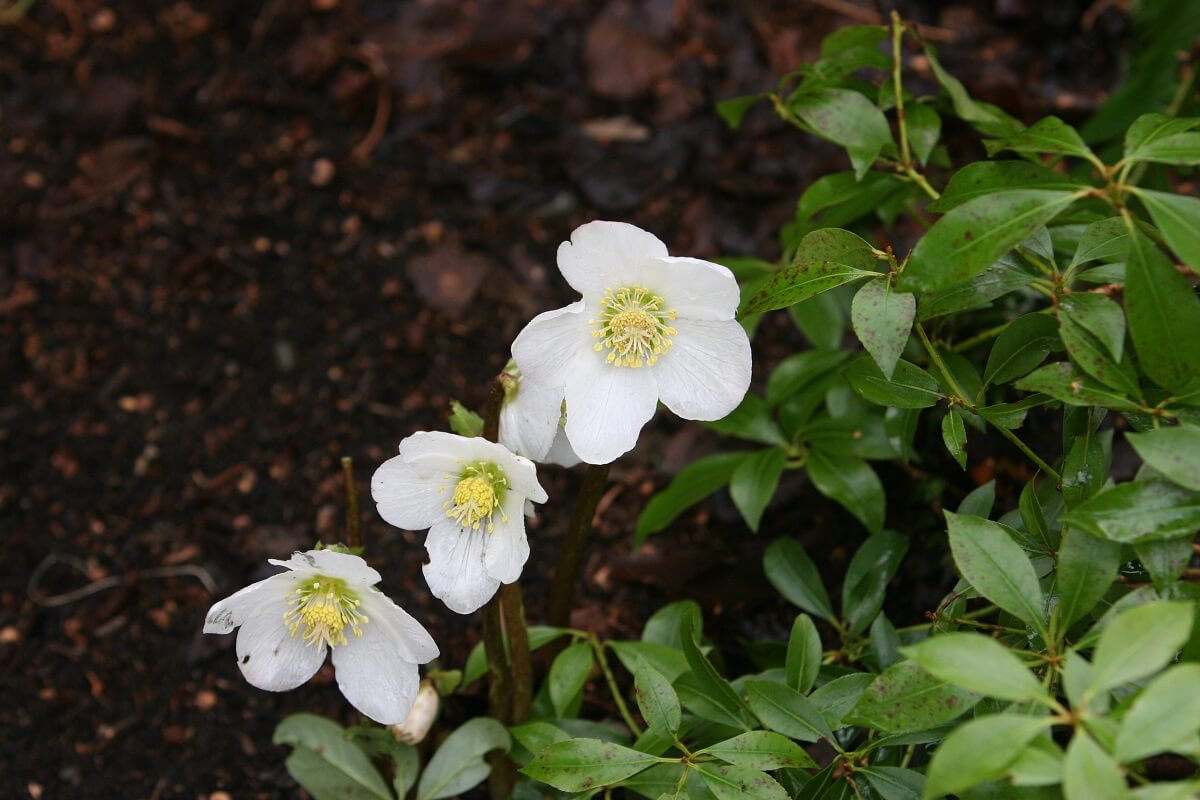
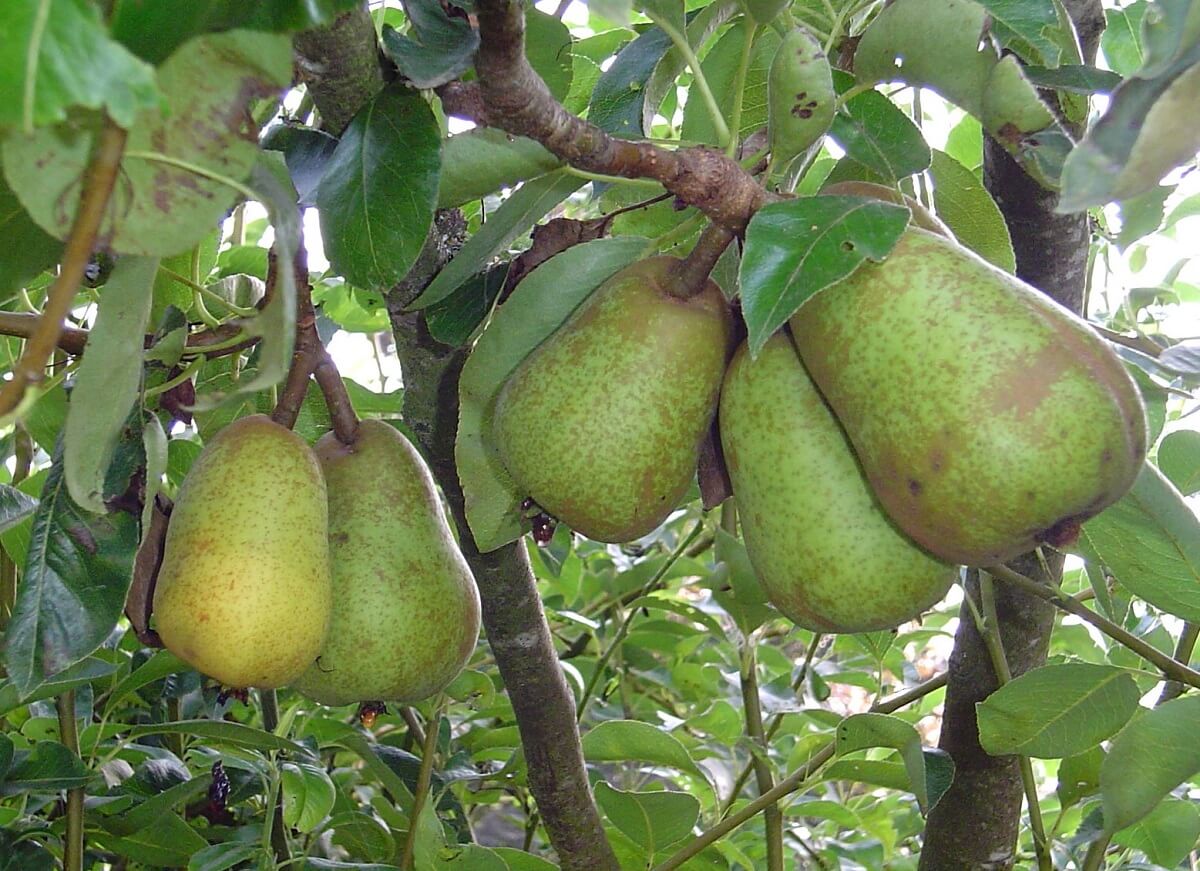
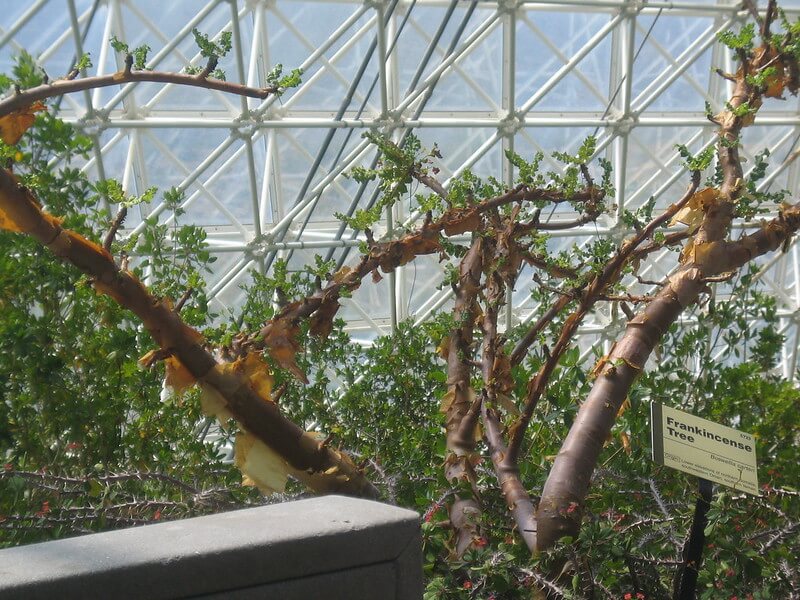
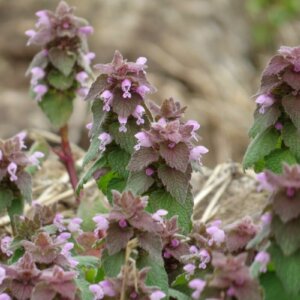

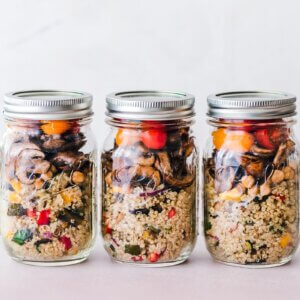
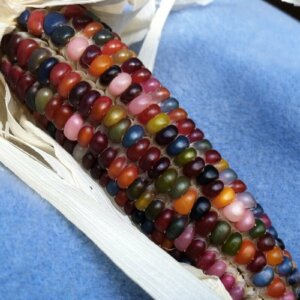

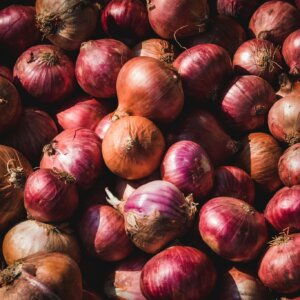
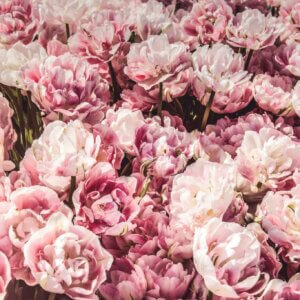


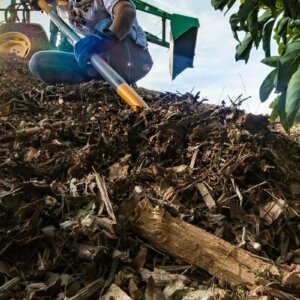

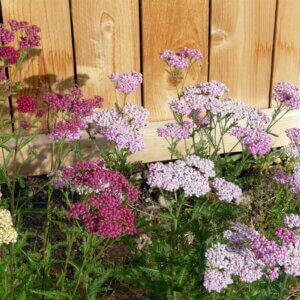


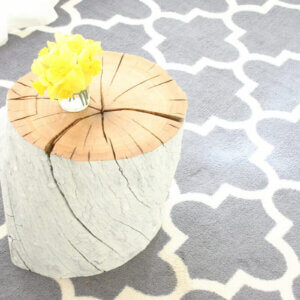
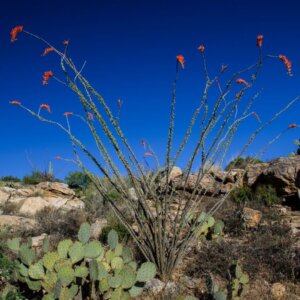
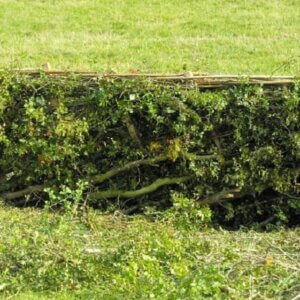
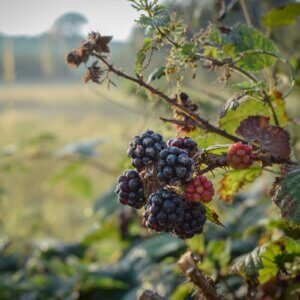


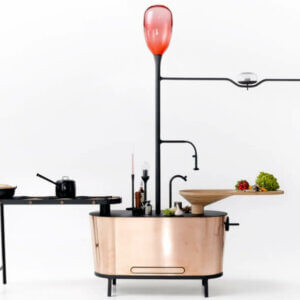
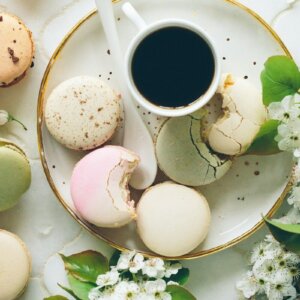
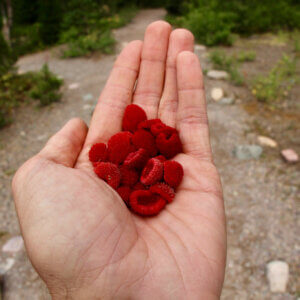

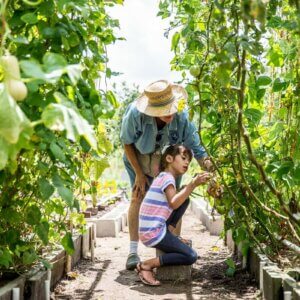
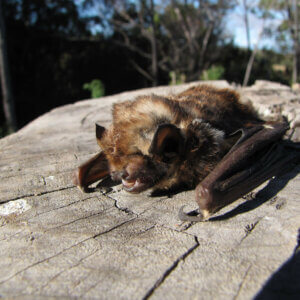
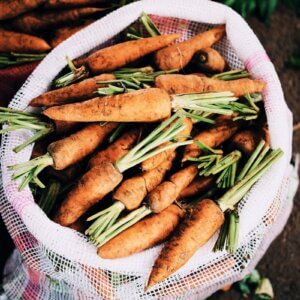



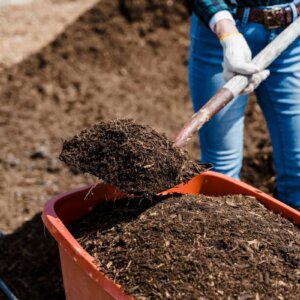
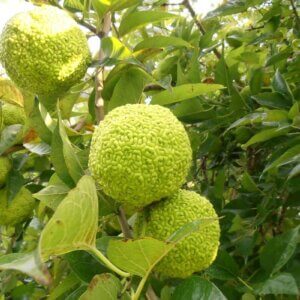

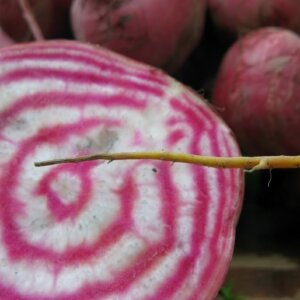

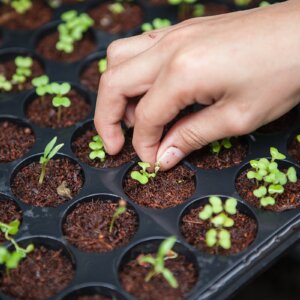
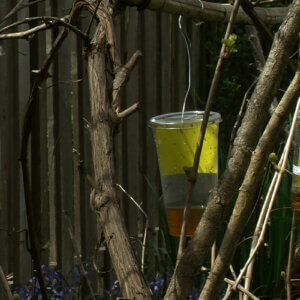
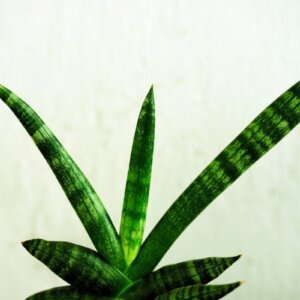

Leave a Reply